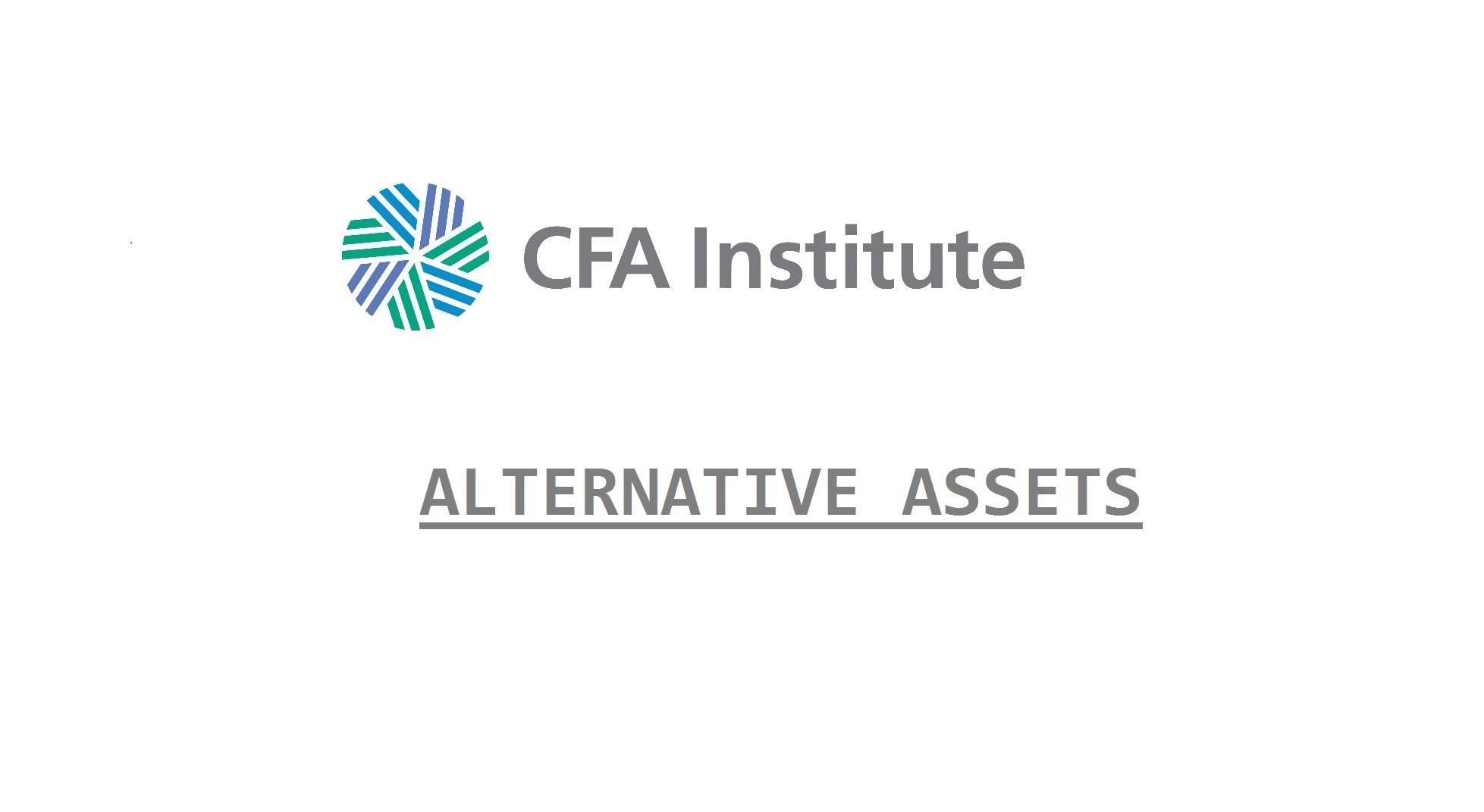Swaps are off market instruments created by dealers which allow purchasers to increase or decrease their exposure to commodity risk. A swap’s exposure can be hedged by entering an offsetting swap contract.
There are various types of commodity swaps. A total return swap allows the buyer to receive periodic payments based on the underlying price changes, while the seller received a series of fixed payments. Each period, the buyer will receive the total return on holding the commodity times a notional principal amount, minus the payment promised to the short. If the total return is negative, the long makes the promised fixed payment percentage plus the negative return percentage on the commodity over the period, times the notional amount.
An excess return swap one party makes a singly upfront payment in return for periodic payments of the difference between the commodity and some fixed or benchmark value. If the commodity price does not exceed the benchmark, no payments are made.
For basis swaps, payments are made on the differences in price of two commodities. Finally in a commodity volatility swap, if the volatility of the commodity’s price is higher than the expected level of volatility specified in the swap, the volatility buyer receives a payment. When actual volatility is lower than the specified level, the volatility seller receives a payment. Similar securities also exist which trade on the variance of price levels.
